Why Adobe software is changing, and what it means for the future of creativity
Adobe has just made some big announcements at its Adobe MAX event. We explain why creatives should pay attention.
Every year Adobe holds a huge event in Los Angeles, simulcast to the world, called Adobe MAX, where it announces the latest big updates to its industry-leading software, such as Photoshop, Illustrator, InDesign, After Effects and Premiere Pro.
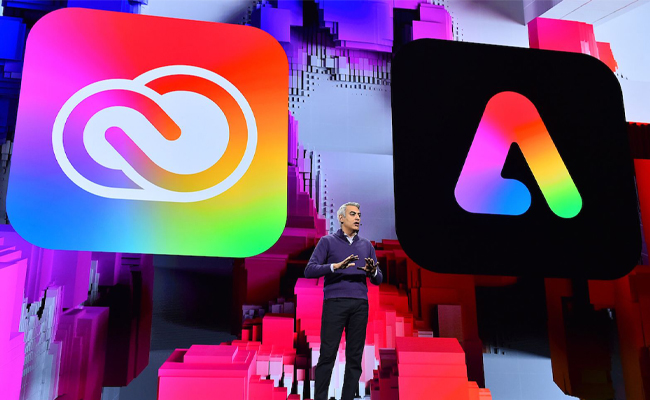
These are the tools that power creative professionals across the world today. So it couldn't be more important to pay attention and learn how the latest features can save you time and money and help you become more productive and creative.
So, what did we learn from this year's Adobe MAX? Overall, that creative software is changing fast as it adapts to a fast-changing world. As a result, artists, illustrators, designers, photographers and other creatives can access new and exciting ways to work more quickly and efficiently, collaborate more effectively, and protect their creations from exploitation and misrepresentation.
Read on as we outline the key themes of Adobe MAX 2022, which not only explain how Adobe software is evolving but highlight where the creative industry is going as a whole. So even if you're not an Adobe user, they're still worth paying attention to.
1. Creativity is becoming more collaborative
It won't have escaped your attention that the days when a client briefed a designer or illustrator and then sent them away until they were finished are now a distant memory. Nowadays, it's typical for multiple people to weigh in on your design, throughout the creative process, from clients to stakeholders, colleagues to bosses.
In theory, this should lead to an end product that everyone is happy with. In practice, though, it often results in endless, confusing email chains, 57 versions of the same visual, and no one being quite sure who's agreed to what.
In short, whether you use email, Slack, Dropbox or Google Drive, creative collaboration is never as simple or seamless as you'd like it to be. Which is why one of the biggest announcements of this year's Adobe MAX is Share for Review.
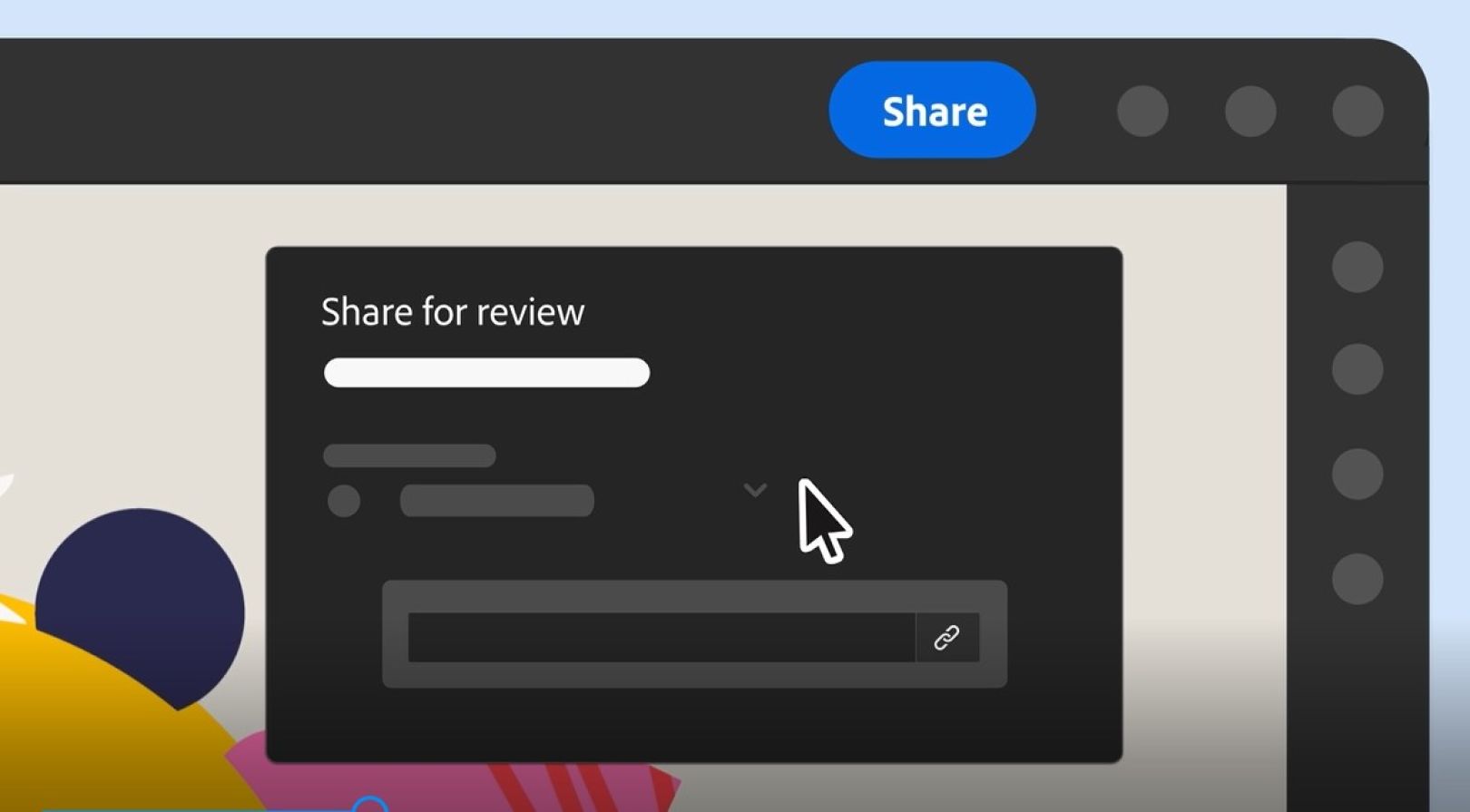
This feature, now live across a range of Adobe software, allows you to instantly share a link to, say, the Photoshop file you're working on with others. They don't need Photoshop themselves: they just need to click the link, and they'll instantly see your creation in their web browser. They can then add comments, which you can see and feed back on, and everything takes place in Photoshop.
It's a brilliant feature and one we expect to radically change how we collaborate in Photoshop, Illustrator, InDesign, After Effects, Premiere Pro and more.
It also fits nicely with Adobe's recent announcement of intent to acquire Figma, which makes it easy for UX designers to collaborate on app and web prototypes in the browser. Not to mention Adobe's Camera to Cloud tech, which it's just announced is being put directly into Fuji and RED cameras. That means 8K footage can be transmitted straight to production houses via the Cloud without any tedious mucking about with memory cards. Another great win for fast and fuss-free collaboration.
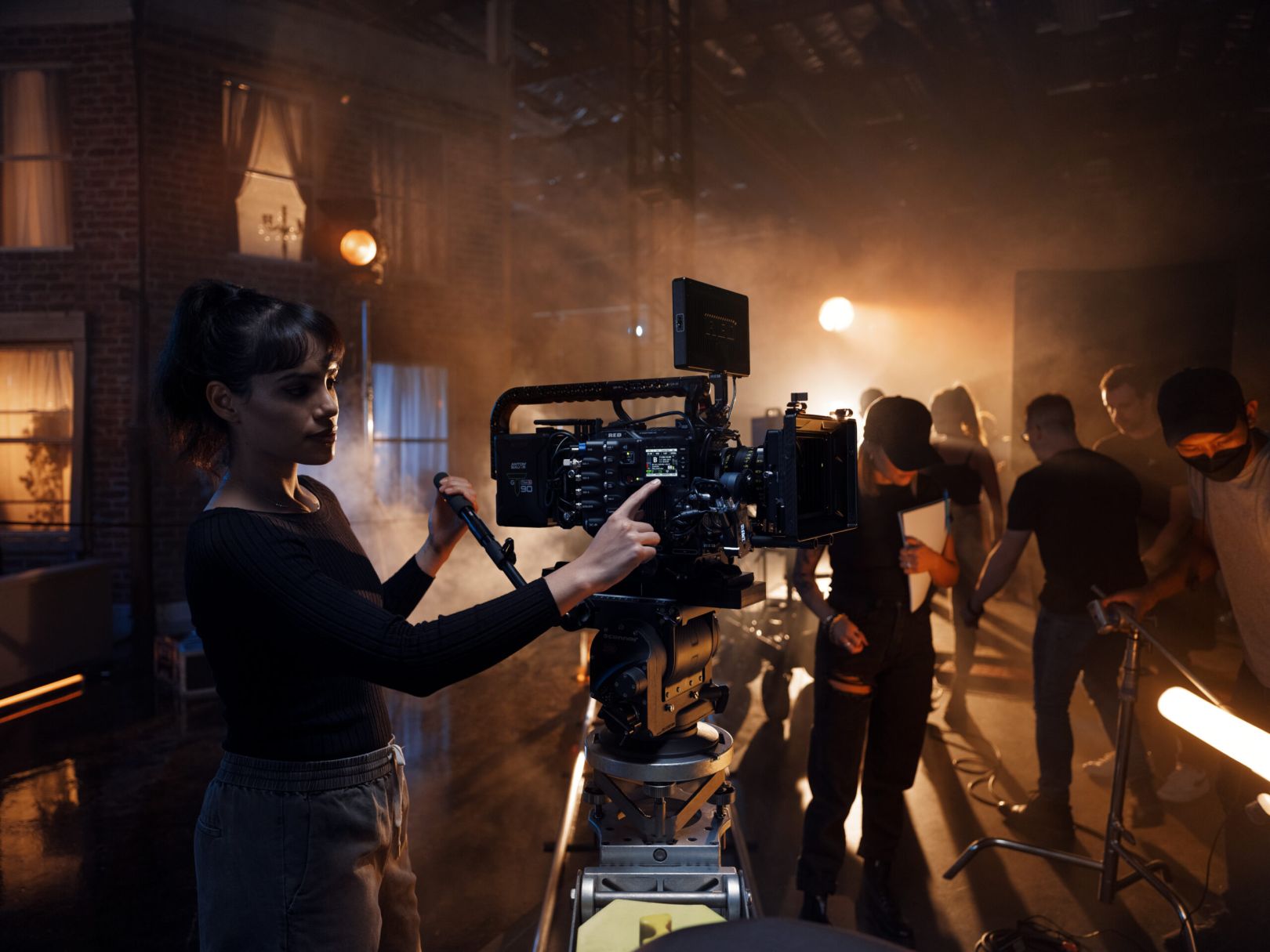
In short, if there was any doubt in your mind that the future of digital creativity will be more collaborative and primarily based in the browser, it's time to cast that aside. Yes, in this post-pandemic world, we may spend more time at home, physically by ourselves. But that doesn't mean we'll be working alone: far from it.
2. AI can be a friend to creatives
The rise of technologies like generative art can't have escaped your attention and is scaring a lot of creatives witless. Will such tech make us redundant? Adobe is on the side of the optimists, believing there will always be a need for human creativity, imagination and ingenuity. Instead, it sees huge potential for AI and machine learning to make our creative work easier and allow us to do and produce more.
For this reason, it's been developing a technology it calls Adobe Sensei, which identifies common time-consuming tasks, and finds ways to let the software take the strain. At Adobe MAX this year, it's announced some huge leaps forward in this regard.
For example, in Photoshop and Lightroom, it's made the Object Selection tool work even more accurately, with a wider array of objects. If you've never used Object Selection before, it allows you to hover over an object within a photograph and the software will automatically detect and select it. You can then tweak it to your liking or just delete it with a single click. Content-Aware Fill will step in and fill in the background, so no one would ever notice it was ever there.
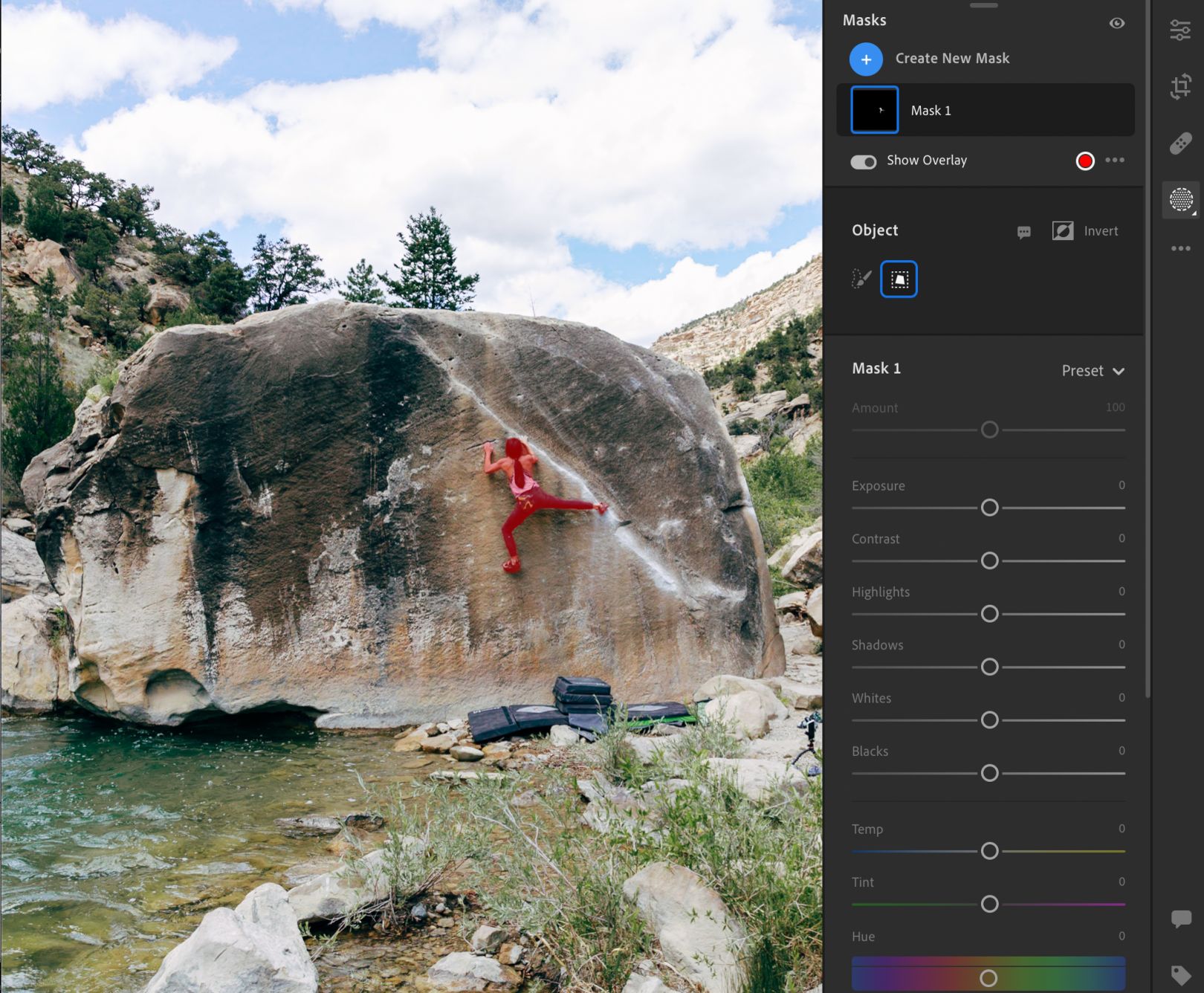
It's a great example of how AI can take the dull grunt of work out of our jobs, giving us more space to be more creative. What this tells us is that the future of creativity will be less about learning complex software skills and more about our ability to engage our imaginations and come up with truly groundbreaking concepts. Sounds good to us!
3. Authenticity is increasing in importance
Is this true? Is it real? Never before, it seems, have these sentences appeared so often across the internet. Whether you're sharing a photo or video or clicking on a news story, the rise of fake news and propaganda is making us question the evidence of our own eyes. And so Adobe has taken a big step forward this year in helping us authenticate our photos, videos and design work as genuine, in structured and easy-to-access ways.
A new Photoshop opt-in feature, Content Credentials, automatically capture edits and identities information from your image. This attached metadata establishes a paper trail for images that have been changed or enhanced. In other words, if anyone needs to check who originated an image, who edited it and how they can do so directly within Photoshop.
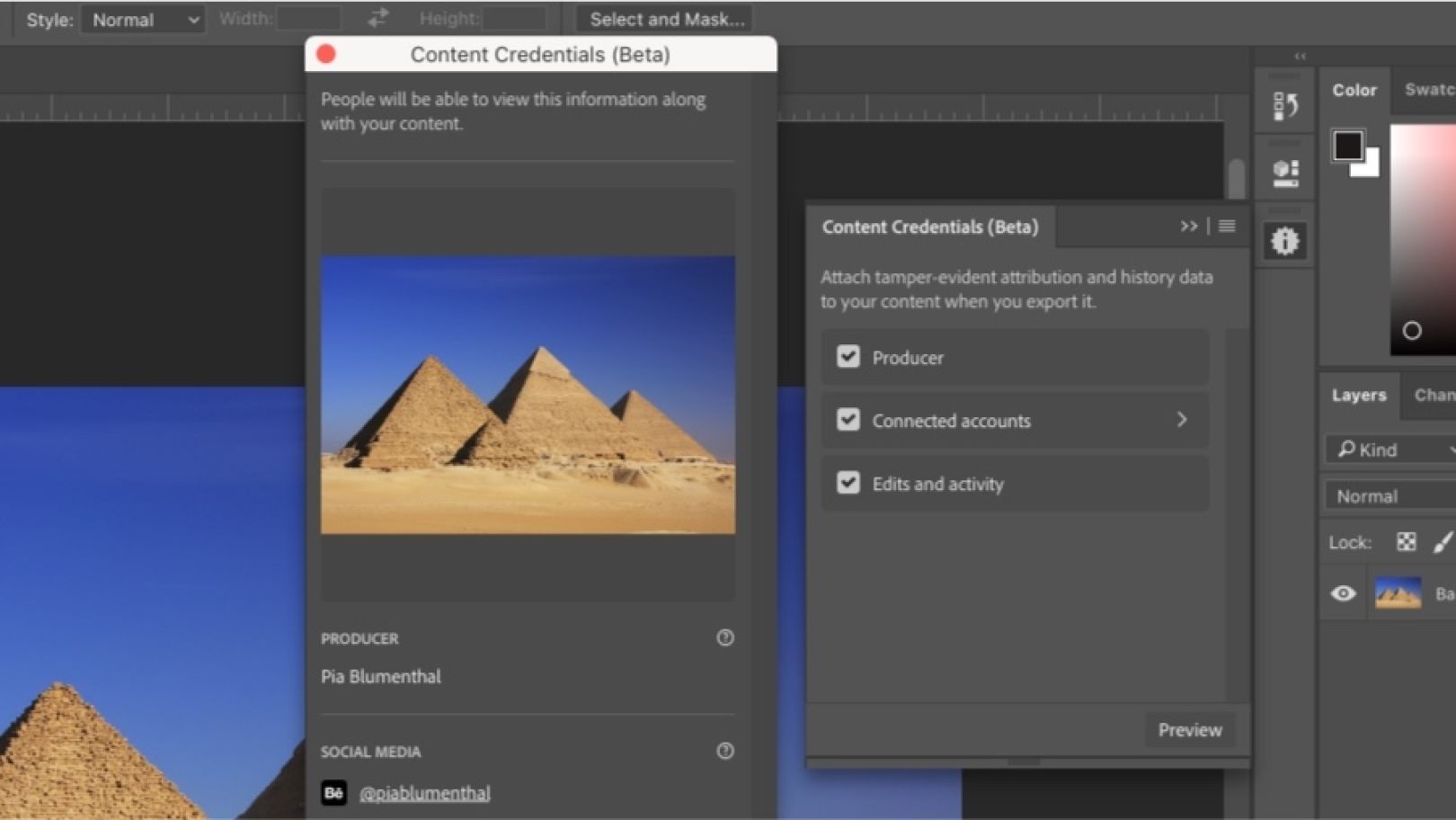
As well as helping stop the spread of fake news, Content Credentials could also be useful in the fight against NFT theft, whereby scammers mint and sell NFTs based on images they didn't actually create. And in general, the wild west nature of the internet isn't going away, so anything Adobe can do to help creators protect their intellectual property is clearly a good thing.
4. The future lies in the metaverse
One of the less-reported announcements at this year's event is that Adobe is teaming up with Meta to develop products for the metaverse. But in terms of the future of the creative profession, this may turn out to be its most significant.
On the one hand, the metaverse is very much in its infancy, and we don't really know what it is yet. But on the other, companies are pouring billions into developing the metaverse, and eventually, they will want a return on that investment. That, above all else, is going to require content: 3D, immerse, 360-degree content. And so whether you're an artist, illustrator or designer, this is an important area where your skills will increasingly become in demand.
Most of us, of course, wouldn't know where to start. This is why Adobe dedicated a considerable portion of its Adobe MAX keynote this year to the new integration between well-known tools like Illustrator and a new set of 3D tools under the Substance heading.
Substance uses a lot of those AI smarts we were talking about earlier. And that means you don't have to be an expert 3D modeller to create three-dimensional images: you can leverage your existing skills in ways that are surprisingly easy and intuitive.
For example, there's a cool 3D Capture tool in Substance 3D Sampler you can use to turn a group of photos into a 3D model. You simply have to walk around an object, take a bunch of photos from different angles, and the software creates a 3D model for you to tweak. Anyone who's been put off in the past by overly complicated modelling software will find this an absolute treat.
Source: creativeboom.com
